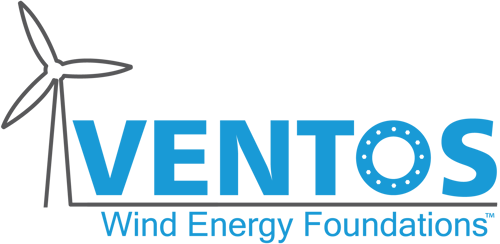
- Pipe
- Bridges & Structures
- Walls
- Stormwater Management
- Erosion Control
- Start a Project
- Knowledge Center
- Technical Documents
Our local contacts are experts who are ready to help

We can help support a solution to fit your site needs. Have our Wind Energy team contact you for assistance on your project or to answer any questions. Call 855-450-WIND or complete the form to request additional detail.
Foundation systems utilizing Contech CMP are available to support wind turbines, transmission towers, deep foundations or vertical shaft applications, and our MOBILE PIPE® mill is an ideal solution for remote sites, providing fast and cost-effective onsite steel pipe manufacturing.
Additional Wind Farm Solutions Applications
The P&H Tensionless Pier is a patented, proprietary foundation to support wind turbines on monopole towers. The foundation consists of a large diameter, cast-in-place annular pier (typically 14 to 16-feet in diameter and 25-feet to 35-feet deep).
The P&H rock or pile anchor foundation is a proprietary (patent-pending) foundation used to support large wind turbines. The P&H anchor foundations consist of a 5-foot thick, 24-foot diameter, reinforced concrete mat (cap) supported by commonly 12 to 20, 35 to 50-feet long anchors aligned within a typical 20-foot diameter circle. Large wind turbines greater than 2 MW may require more anchors and a double row.
Large 2-½ inch diameter rods are used as the anchors. The number and length of anchors are based on the magnitude of applied loads at the top of the foundation as well as the soil and rock conditions. The pile or rock anchors are installed by drilling a shaft and the anchor rod is inserted and grouted. Post-tensioning is used to develop an internal tension force in each anchor. The intention is to have enough tension in the rod to reduce foundation deflections from normal wind loading.
The large overturning moments induced by the wind turbine are resisted by friction (bond stress) along the length of the anchors. The anchors are post-tensioned to create a compression stress on the subgrade beneath the cap. The post-tension load resists the overturning moment by creating a built-in clamping force to keep the cap in place. The higher the pre-tensioning of the anchors results in a higher moment capacity of the foundation. The post-tension load in the anchor is calculated to cover the load imposed by maximum wind forces given by the turbine manufacturer. Normal operational loads do not produce stress reversals in the subgrade/concrete interface or the anchor so there is no substantial fatigue or cyclic degradation of the soil or rock.